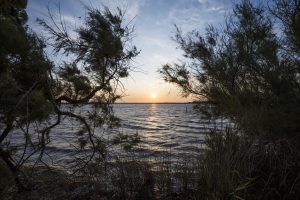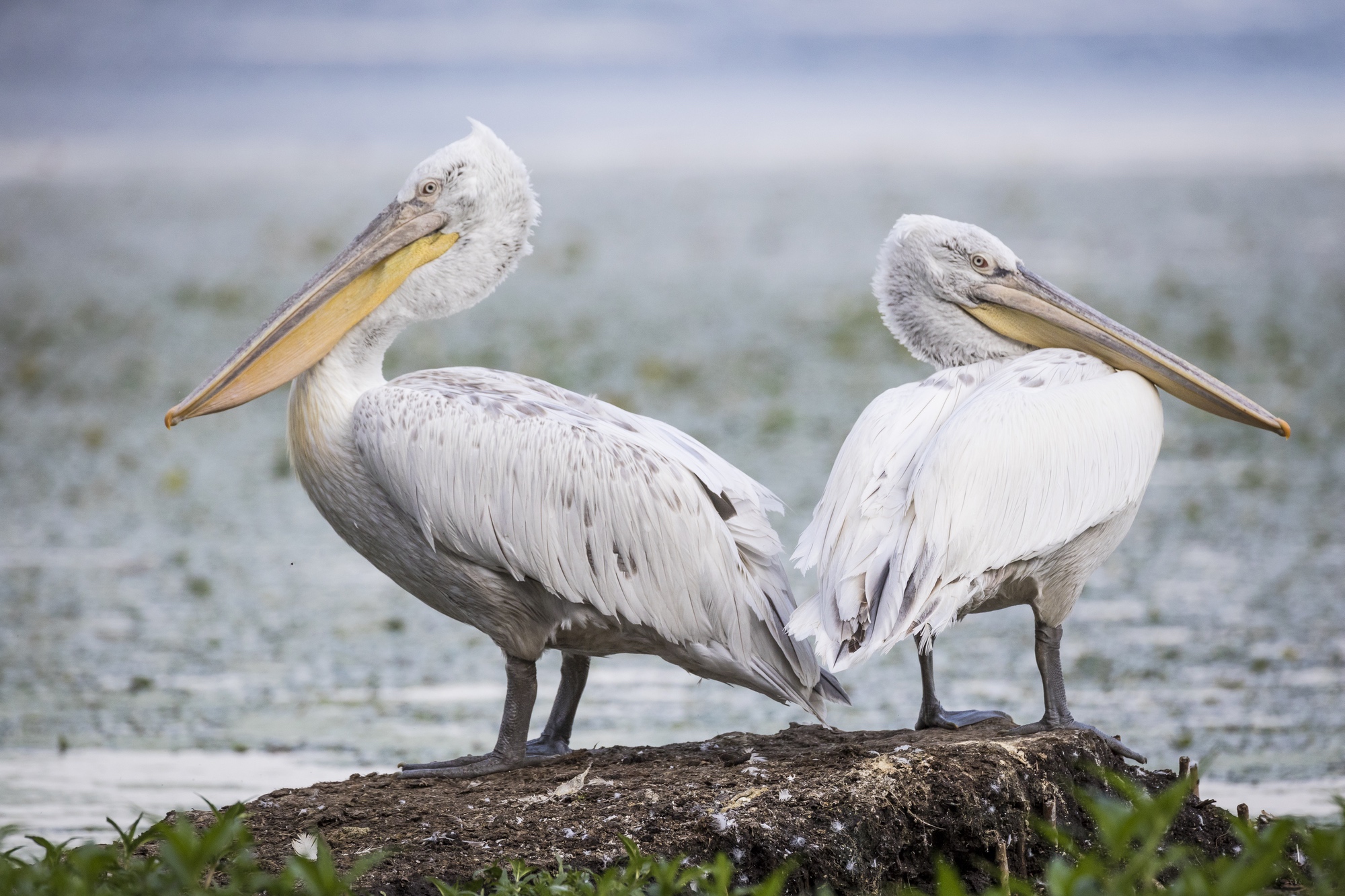After nearly three decades of protecting areas of biodiversity, the MAVA Foundation is preparing to close. Its director-general shares her insights into the experience of ‘sunsetting’

Photo courtesy of the MAVA Foundation.
Yes, it’s true, we’re closing. In 2010, when I accepted the job as director general of the MAVA Foundation, I was informed of the plan to close the foundation in 2022. It seemed ridiculously far away at the time but now that date is approaching at warp speed. All of the work we support will end by October 2022, less than a year away by the time of the publication of this article. We then have a six-month period to evaluate impact, communicate and handle the mountain of administration involved in closing.
We have written elsewhere about why funders should consider closing and how we are managing staff transitions. This article will focus on how we are approaching that end and what we are learning along the way.
How are we approaching our final phase?
As a long-term and significant funder in the regions where we work, we are extremely conscious of the impact our withdrawal may have on our programme and partners. Since our inception, we have granted over €1 billion. Our funding is generous and often goes towards activities that are important but difficult to fund. And because we have not generally co-funded (mainly due to a desire to move fast and get things done), levels of dependence on our funding can be quite high. This means we need to plan our sunsetting with great care so we designed a collection of actions to support our partners with several aims in mind.
First, we created a €50 million programme to enable them to thrive post-MAVA. This includes support for holistic organisational development, leadership development programmes and creating sustainable finance mechanisms to reduce dependence on philanthropy.
We are rigorously documenting our lessons on the areas where we feel we have something unique to contribute to the fields of conservation or philanthropy.
We also formed partnerships for high-impact communications to put the work of our partners in the spotlight. For example, we are working with WaterBear, the makers of the Oscar-winning ‘My Octopus Teacher’, to create a series of films that tell the story of some of our partners, attract attention to the issues they work on, and hopefully catalyse future interest and action. We are also supporting Sacha Dench to create a new film on the migration of osprey which will feature the work of many MAVA partners and sites.
Lastly, we are making strategic introductions to other donors and finding creative ways of engaging funders in the topics we fund, for example by launching donor collaboratives that can carry on after us, so the excellent dynamic underway can continue.

Photo courtesy of the MAVA Foundation.
Best laid plans
Of course, not all has been smooth sailing despite our rigorous planning and extremely dedicated team. For this final phase, we wanted to ensure that we contributed to achieving some major advances for conservation. We did this by convening, facilitating and funding coalitions of partners together, using the Conservation Standards planning and monitoring methodology. This unique way of catalysing collaboration was done with the aim of creating a community of partners equipped to work together on issues we care about, well beyond our closure.
The development of common strategies needed to achieve this, with each partner contributing one of the elements needed to meet the agreed objective, was sometimes a bit slow to get going due to the nature of deep collaboration, but once the coalitions found their stride they were on track to achieve great things together.
Then came Covid and some of the work we support came to a screeching halt. Field-based work was particularly hard hit. Through no fault of their own, some partners were no longer able to meet the commitments made to the coalition. Spending rates became very low and many activities were delayed to better times – which, as of this writing, we are still waiting for. So to some extent, we have had to accept lowered ambitions and some of our attention has out of necessity shifted to helping these groups of partners ensure that the conditions are in place for work to continue post-MAVA.
Too much of a good thing
In this last phase, we are carefully tracking dependence levels of partners with a view to decreasing that dependence over time. However, fundraising, which was already challenging before Covid, has since become even more difficult, especially with new donors, making it hard for partners to secure new funding commitments and to hit targets for lowered dependency rates. To help our partners mitigate the impact of the Covid crisis, we offered support packages and gave grants for fundraising capacity, capturing learning and organisational development support to partners to help them prepare for an uncertain future.
The irony is that these additional kinds of support, meant to bridge partners to greater levels of sustainability, have increased the levels of dependence. But this temporary surge of dependence needs to be taken calmly as an important step to connect to a more stable future scenario.
Slope versus cliff
If I were to oversee the closing of a foundation again, there is one major thing that I would do differently. Despite an early intention to stagger the end dates of the different plans, the ending date of all grants is essentially the same. Because of the way we planned workaround coalitions of actors, each group wanted to work right up until the last possible deadline – the end of October 2022.

Swiss naturalist Luc Hoffmann founded Mava Foundation in 1994.
So rather than having our portfolio gently reduce – sloping downwards – we are going full throttle up to the end of 2022. All work comes to a cliff edge at once, after which all funding will stop. This creates some risk for the partners who lose funding from one day to the next and will create a huge surge of programme and administration work, which can be planned for.
We are making strategic introductions to other donors and finding creative ways of engaging funders in the topics we fund, for example by launching donor collaboratives that can carry on after us.
But it also requires maintaining a full complement of staff until the end to manage the mass of work and when staff know that their employment will end in the near future, the incentive to keep their eyes open for other opportunities naturally grows, increasing the risk of losing them prematurely. While extra hands can be brought in temporarily, you can’t replace the relationships, trust and expertise that MAVA staff have built over the years.
At the same time, we want to help every staff member land in exciting new roles post-MAVA. Sometimes those two objectives come into tension with one another. For example, we have just had our first staff member accept an exciting new role – just the kind of thing we hope for each member of the team. The first absence is relatively easy to accommodate, but if multiple other people follow the same path, we will have quite some juggling to do!
And finally…
We are rigorously documenting our lessons on the areas where we feel we have something unique to contribute to the fields of conservation or philanthropy. We still have over a year to go until we turn out the lights. Time will give us the answer as to whether the big bets we have made will pay off or not. Based on early signs, I am optimistic.
This article is being published free-to-read thanks to sponsorship from MAVA Foundation.
Lynda Mansson is director-general of Switzerland-based MAVA Foundation.
Email: Lynda.mansson@fondationmava.org
Twitter: @LyndaMansson




Comments (0)